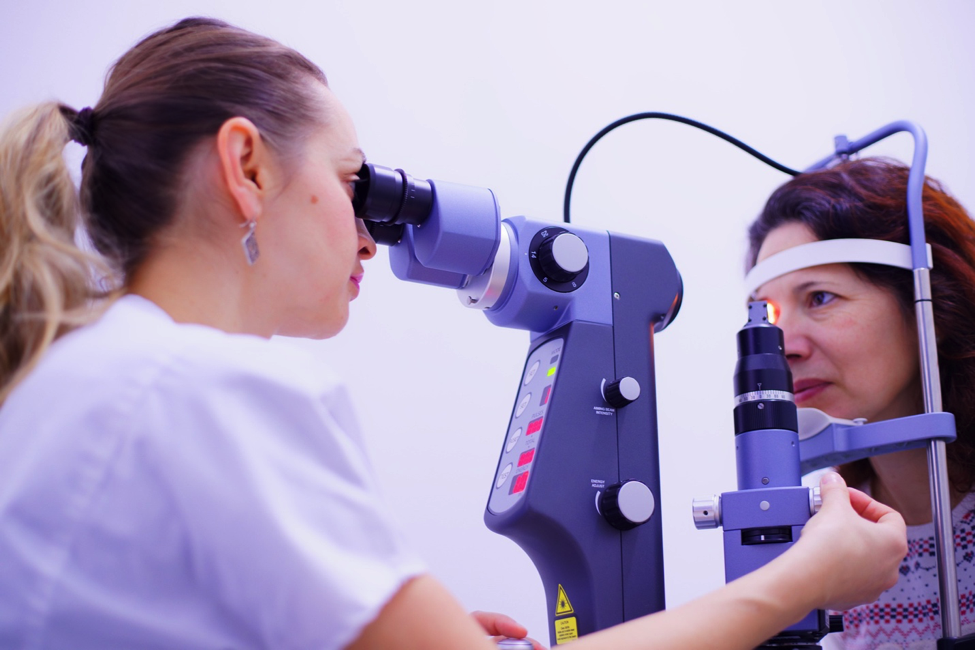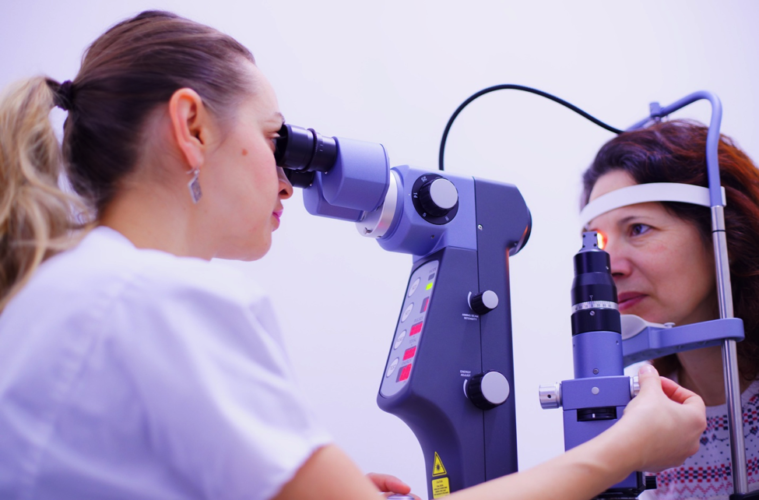How Do You Treat Dry Eye?

Dry eye syndrome is a common disorder that occurs when your eyes do not produce enough tears or the quality of your tears is compromised. This can cause discomfort, irritation, and blurred vision. Fortunately, there are many treatments available for managing dry eye symptoms.
Here’s a breakdown of what you need to know about treating dry eye syndrome
Intense pulsed light therapy
Intense pulsed light therapy (IPL) is one of the most effective treatments for dry eye syndrome. IPL uses light delivered in quick pulses to stimulate tear production and reduce eye inflammation. It improves blood circulation and oxygen supply to the eyes, relieving discomfort and improving vision quality. Patients who receive the best IPL treatment notice a significant improvement in their symptoms within just a few weeks.
Artificial tears
One of the most common treatments for dry eye syndrome is artificial tears. These over-the-counter drops mimic real tears and help lubricate the eyes to reduce irritation and discomfort caused by dryness. Artificial tears come in different formulas, so it’s important to discuss with a doctor which types best suits a patient’s specific condition.
Ointments
Ointments are another form of treatment for dry eye syndrome that work by forming a protective layer on the surface of the eyes. This keeps moisture in the eyes and prevents further drying out of the cornea, which can lead to more serious complications if left untreated. The ointment may be prescribed as part of an overall treatment plan or used as needed when symptoms flare up.
Topical cyclosporine A eye drops
Topical cyclosporine A eye drops are prescribed by doctors for those who don’t respond well to artificial tears or ointments alone. These prescription drops help increase tear production by stimulating oil glands in the eyelids, improving lubrication, and reducing inflammation in the eyes. It usually takes several weeks before any improvements become noticeable, but this treatment can effectively manage mild cases of dry eye syndrome with minimal side effects.
Varenicline nasal spray
Varenicline nasal spray is a newer treatment option that is effective in treating severe cases of dry eye syndrome when other treatments have failed or produced unsatisfactory results. The spray works by reducing inflammation associated with chronic dryness and stimulating tear production within just two weeks after starting treatment.
Autologous serum drops
Autologous serum drops are made from the patient’s blood plasma containing proteins and hormones known to promote healthy tear production and alleviate inflammation associated with chronic dryness. While autologous serum drops can relieve even severe cases of dry eye syndrome, they can also carry some risks, such as infection. Therefore, discussing all potential risks with a doctor before proceeding with this type of treatment is important.
Conclusion
Many treatments available today can help alleviate dry eye symptoms. While some treatments may work better than others depending on individual circumstances, patients must speak with their doctor about what options might be best suited for them so they can find relief quickly and effectively.
Image: https://pixabay.com/photos/eye-care-eye-consult-doctor-5016057/
